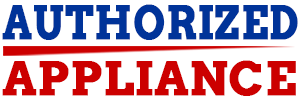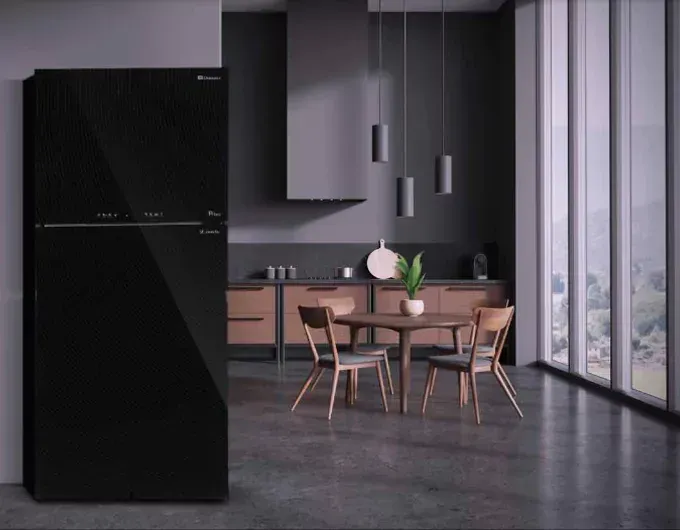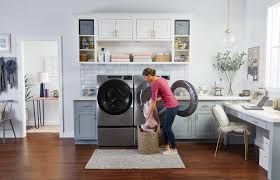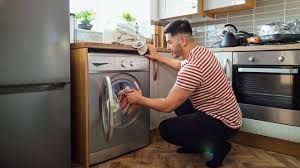Common Washer and Dryer Repair Questions and Answers
Q: How do you troubleshoot a washer that won't start?
A: If your washer won't start, first ensure it's properly plugged in and that the outlet is functioning. Check the circuit breaker and reset it if necessary. Make sure the lid or door is fully closed, as most washers won't run if they detect it's open. Inspect the power cord for any damage and the water supply to ensure it's on and providing adequate pressure. If these steps don't resolve the issue, the problem could be with the washer's timer, control board, or motor, which might require professional repair.
Q: Why is my dryer not heating up?
A: A dryer that isn’t heating could be due to several reasons. First, check if the dryer is properly plugged in and that the circuit breaker hasn’t tripped. Ensure the lint trap is clean and the vent system is clear, as blockages can cause heating issues. The problem could also lie in the heating element, thermal fuse, or thermostat, which might need replacement. For gas dryers, ensure the gas supply is on. If these basic checks don't fix the issue, professional diagnosis and repair may be necessary.
Q: What causes a washer to stop mid-cycle?
A: A washer stopping mid-cycle can be caused by an unbalanced load, which may be corrected by redistributing the laundry. It can also occur due to issues with the door latch, water supply, or power interruptions. Faulty components such as the timer, motor, or control board might also be the culprits. Inspecting and addressing these areas can often resolve the issue, but professional help might be needed if the problem persists.
Q: How do you fix a dryer that won’t spin?
A: If your dryer won't spin, first check if the drum belt is broken or has slipped off, as this is a common issue. Also, inspect the door switch, as the dryer won’t start if it thinks the door is open. Examine the motor and drum rollers to ensure they're functioning correctly and aren’t obstructed. If these components are intact and the dryer still doesn't spin, the problem could be with the motor or control board, which might require professional repair.
Q: Why is my washer making a loud noise?
A: A noisy washer could be due to several reasons. Common causes include unbalanced loads, which can be fixed by redistributing the clothes. Check for foreign objects like coins or buttons in the drum or pump. Worn-out bearings, belts, or shock absorbers can also cause loud noises and may need replacement. If the noise persists after these checks, it might be time to call a professional to inspect and repair the washer.
Q: How do you clean a dryer vent?
A: Cleaning a dryer vent involves disconnecting the dryer from the power source and the vent itself. Use a vent brush or a vacuum to remove lint and debris from both the dryer vent and the ductwork. Ensure the vent cover outside the house is free from obstructions. Regularly cleaning the vent, ideally every six months, improves dryer efficiency and reduces the risk of fire.
Q: What does it mean when a washer leaks?
A: A leaking washer can result from several issues. Check the hoses for cracks or loose connections and ensure they are properly tightened. Inspect the door seal for any damage or dirt buildup that could prevent a tight seal. Leaks can also occur due to a clogged drain pump or issues with the water inlet valve. Identifying and fixing the specific source of the leak is essential to prevent further damage.
Q: How do you reset a washing machine?
A: To reset a washing machine, unplug it from the power source for a few minutes. After plugging it back in, open and close the door or lid six times within 12 seconds to reset the control panel. For models with a reset button, press and hold it according to the manufacturer's instructions. If the machine still doesn’t function correctly, refer to the user manual or contact the manufacturer for further guidance.
Q: What causes a dryer to take too long to dry clothes?
A: If a dryer is taking too long to dry clothes, first check if the lint filter is clean, as a clogged filter can restrict airflow. Ensure the exhaust vent is clear of obstructions, which can impede drying efficiency. Overloading the dryer can also extend drying times, so try running smaller loads. If these steps don’t help, the heating element, thermostat, or moisture sensor might be faulty and need inspection or replacement.
Q: How do you fix a washer that won’t drain?
A: A washer that won't drain may have a clogged drain hose or pump filter. Check and clear any obstructions in these components. Ensure the drain hose isn’t kinked or blocked. The issue might also be with the washer’s pump or control board, which may require professional repair. Regular maintenance and inspection can help prevent drainage issues.




